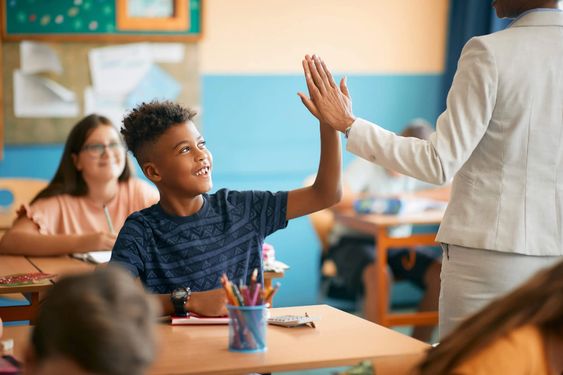Introduction
Positive psychology is an increasingly popular and influential field, emphasizing the importance of cultivating mental well-being alongside academic achievements. The classroom is a prime environment to apply this approach; it’s where students spend most of their day, and teachers can have a significant and lasting impact on their students’ lives.
The principles of positive psychology aim to increase happiness, resilience, and motivation. Research indicates that focusing on positive psychology can result in numerous benefits like higher engagement, increased attendance rates, reduction in behavioral problems, and improved academic performance. This article will examine some key aspects of integrating positive psychology into the modern classroom.
Promoting well-rounded student growth
Integrating positive psychology into school curriculums ensures a more diverse approach to education. Encouraging creativity, communication, collaboration, critical thinking, and problem-solving skills can foster both intellectual and social-emotional development. Additionally, training teachers to recognize the unique strengths of every child allows for individual guidance and support.
Developing resilience
Adversity is inevitable in life; therefore, it is crucial to teach children how to cope with setbacks effectively. Teachers can promote resilience by creating a “growth mindset” culture in which students are encouraged to embrace challenges and learn from failures. Helping students set achievable goals also empowers them to develop a sense of personal accomplishment.
Emphasizing gratitude
Cultivating an attitude of gratitude in students fosters an environment where individuals focus on the positives. Teachers can implement simple activities like “appreciating small wins” where students are encouraged to write down or share something they are grateful for daily or weekly. This practice has been linked to increased overall well-being and stronger peer relationships.
Encouraging mindfulness
Mindfulness techniques such as meditation or deep breathing exercises can reduce stress among students and improve concentration. Teachers can incorporate these practices into the daily routine, providing opportunities for students to pause and practice self-awareness. Mindfulness practices have been shown to increase empathy and compassion, essential skills for co-existing harmoniously with others.
Building strong relationships
Positive relationships with peers and teachers are a crucial component of a student’s well-being. Teachers can create a supportive environment by promoting interaction and collaboration between students. This helps in building trust, empathy, and mutual respect; it also gives students experiences of belonging and connectedness.
In conclusion
Integrating positive psychology in the classroom can result in the long-term well-being and success of students by focusing on their strengths and fostering resilience, gratitude, mindfulness, and strong relationships with peers and teachers. With an increasing focus on mental health literacy, incorporating the principles of positive psychology into our education system is not just an added advantage – it is rapidly becoming a necessity for nurturing formidable future generations who can geninely flourish in all aspects of life.





